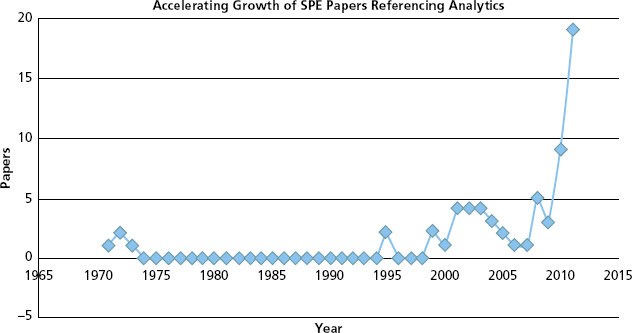Chapter 4Reservoir Characterization and Simulation
Simplicity is the ultimate sophistication.
Leonardo da Vinci
Reservoir characterization is the process whereby a model of a subsurface body of rock is defined, incorporating all the distinguishing features that are pertinent to the reservoir capacity to accumulate hydrocarbons. One of the critical roles in traditional reservoir management is reservoir characterization as it enables the upstream engineers to make sound decisions regarding the exploitation of both oil and gas stored in these assets. The models strive to explain through simulation the behavior of fluids as they flow through the reservoir under a variable set of natural circumstances. The ultimate goal is to establish a suite of optimal strategies to maximize the production of the black gold.
Across the exploration and production (E&P) value chain the scope of success in drilling, completion, and production strategies hinges on the quantifiable accuracy of the reservoir characterization. An ever-increasing number of Society of Petroleum Engineers technical papers (Figure 4.1) are positioning data-driven models, analytics, and the range of soft computing techniques (neural networks, fuzzy logic, and genetic algorithms) as demonstrable processes to enhance the reservoir models.

Figure 4.1 Accelerated Uptake of Soft Computing Technical Papers
EXPLORATION AND ...
Get Harness Oil and Gas Big Data with Analytics: Optimize Exploration and Production with Data Driven Models now with the O’Reilly learning platform.
O’Reilly members experience books, live events, courses curated by job role, and more from O’Reilly and nearly 200 top publishers.

